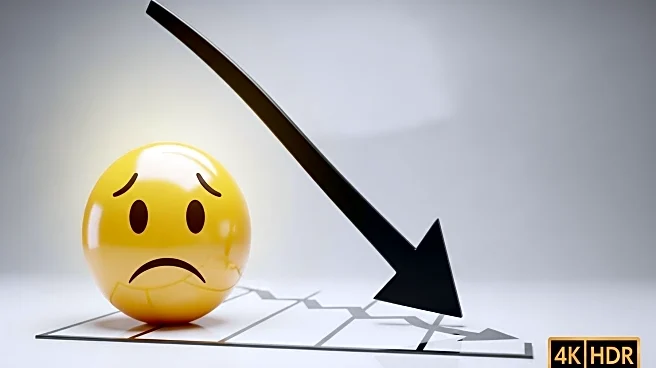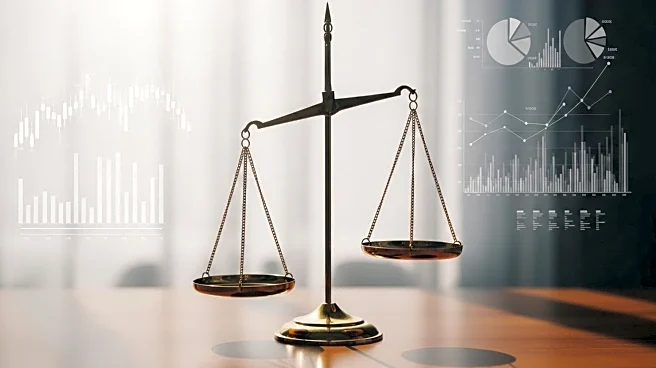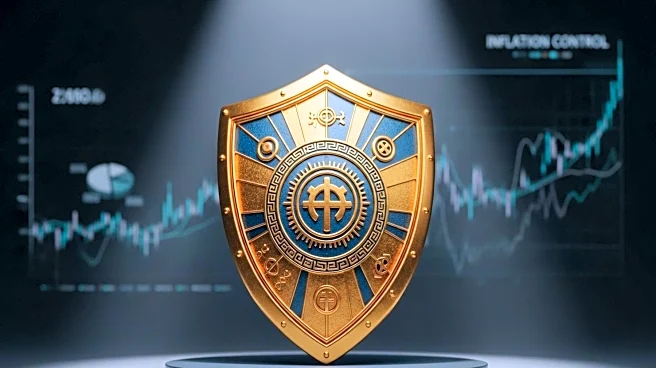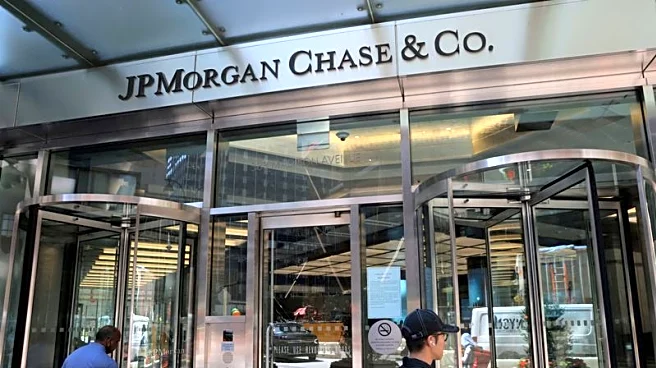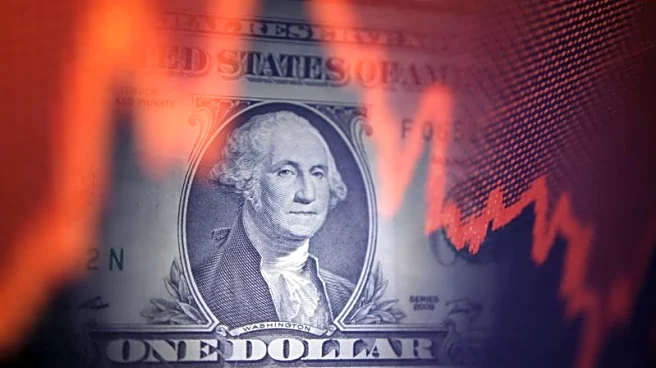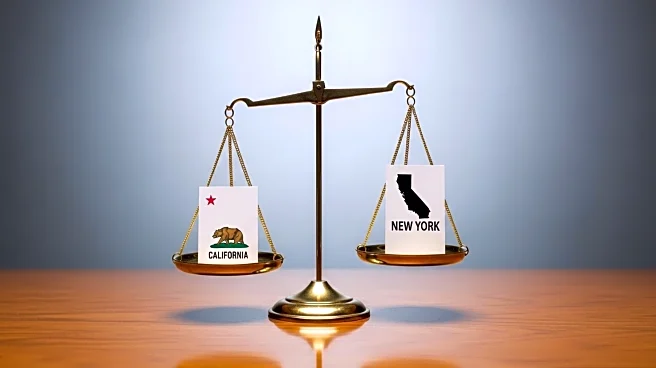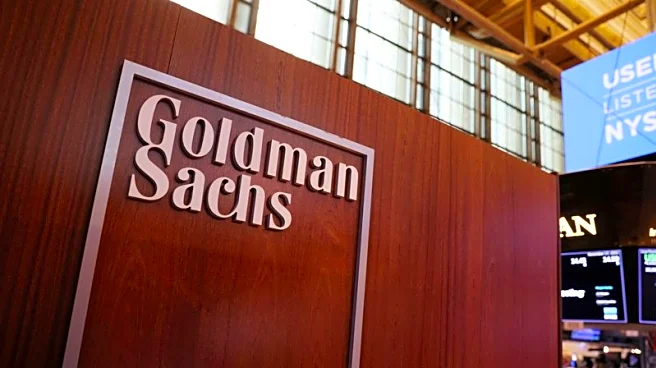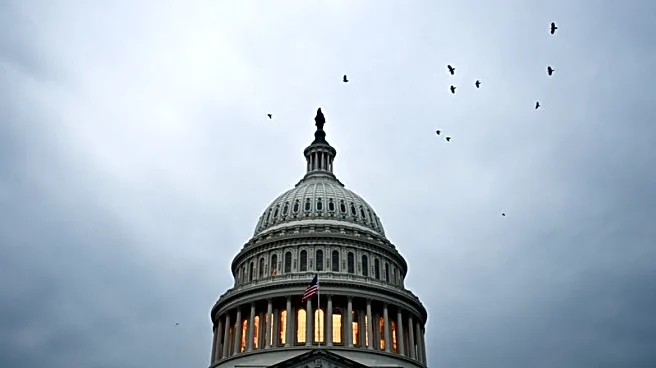What is the story about?
What's Happening?
Consumer sentiment in the U.S. has reached its lowest level since May, driven by concerns over high prices and a weakening labor market. The University of Michigan reported a dip in its consumer sentiment index, reflecting pessimism about personal finances and buying conditions for durable goods. The Federal Reserve Bank of New York's survey also indicated increased consumer anxiety about inflation and job prospects. The unemployment rate rose to 4.3%, with vulnerable workers, including those in their 20s, facing higher joblessness. The Fed has responded by cutting interest rates, but concerns about inflation and employment remain.
Why It's Important?
The decline in consumer sentiment signals potential challenges for the U.S. economy, as consumer spending is a key driver of economic growth. High inflation and job market instability may lead to reduced consumer confidence and spending, impacting businesses and economic recovery. The Federal Reserve's actions to address these issues reflect the delicate balance between managing inflation and supporting employment. Policymakers and businesses must navigate these challenges to sustain economic stability and growth.
What's Next?
The Federal Reserve may continue to adjust monetary policy to address inflation and support the labor market. Businesses may need to adapt to changing consumer behavior and economic conditions, potentially affecting pricing strategies and investment decisions. Policymakers could explore measures to enhance job security and address inflationary pressures. The ongoing economic uncertainty may prompt discussions on long-term strategies to strengthen the U.S. economy and improve consumer confidence.
AI Generated Content
Do you find this article useful?
